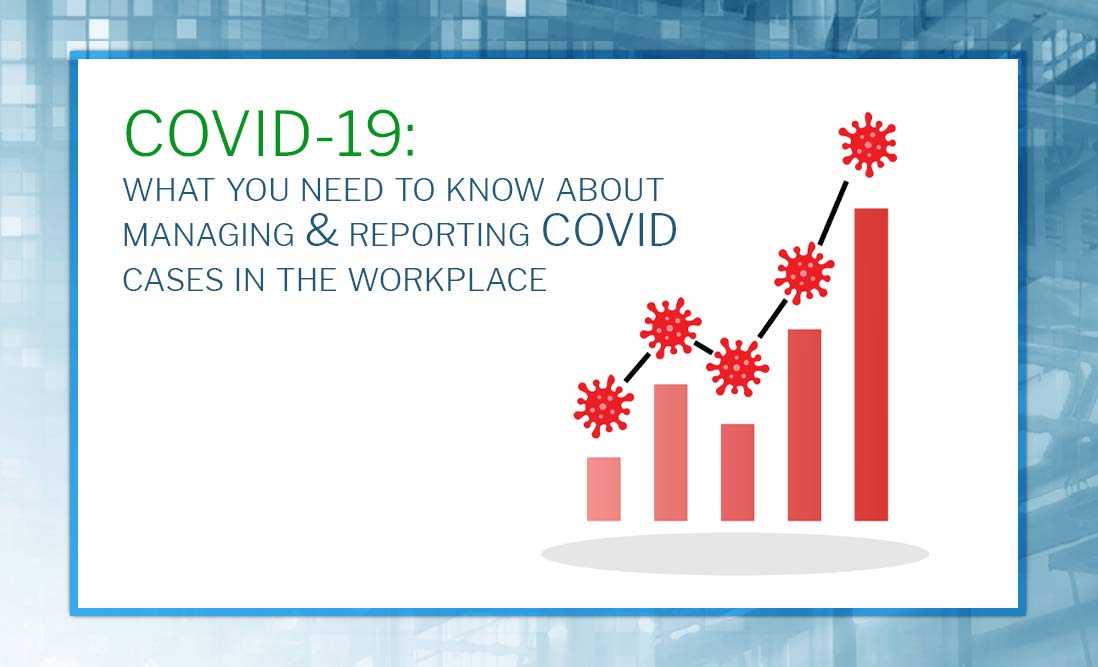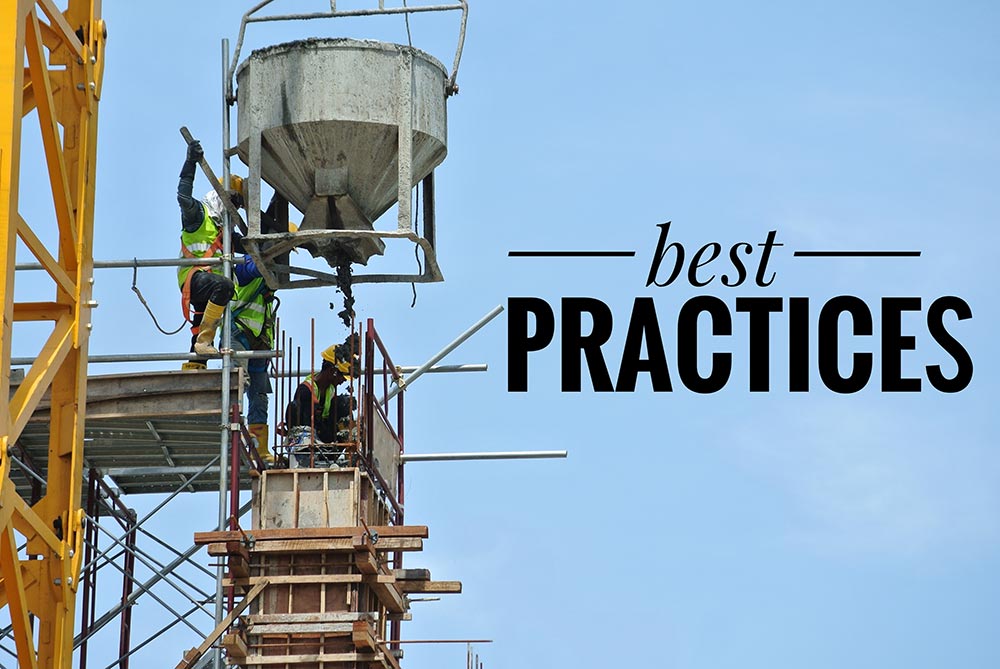Management of COVID-19: Reporting in the Workplace
by Mark F. Buettner DO ABEM
Medical Director & Vice President of Safety
Editor: Safety in Focus
CanQualify LLC
January 2021
Greetings all,
At CanQualify, the new year ushers in a flow of fresh safety data from our valued contractors. This year we find ourselves in unfamiliar territory with the recording of COVID-19 cases in the workplace filtering in with it. We see the need to help our contractors and clients alike to get this right. Not only in the recording of this safety data with our registered contractors, but in the interpretation of these data by our clients. It is with this in mind that we are presenting this information to you today and similarly in the upgrades we have made to the CanQualify platform.
Background
The Occupational Safety and Health Administration (OSHA) has determined that a confirmed case of COVID-19 is a recordable illness when it is work-related and involves one or more of the general recording criteria set forth in 29 CFR 1904.7. At the time of this writing, the most current guidance comes from Revised Enforcement Guidance for Recording Cases of Coronavirus Disease 2019 (COVID-19). https://www.osha.gov/memos/2020-05-19/revised-enforcement-guidance-recording-cases-coronavirus-disease-2019-covid-19#_ftn1. Having gone into effect on May 26, 2020, this memorandum provides updated interim guidance to Compliance Safety and Health Officers (CSHOs) in their effort to enforce 29 CFR part 1904 regarding COVID-19 as a work-related illness. The most current updates can be found at www.osha.gov/coronavirus.
Recording Criteria
Employers are responsible for recording cases of COVID-19 as being work-related if:
- The case is confirmed. A confirmed case of COVID-19 means an individual with at least one respiratory specimen that tested positive for SARS-CoV-2, the virus that causes COVID-19. www.cdc.gov/coronavirus/2019-ncov/php/reporting-pui.html
- The case is work-related as defined by 29 CFR § 1904.5; and
- The case involves one or more of the general recording criteria set forth in 29 CFR § 1904.7
Discussion
OSHA recognizes that it is often difficult to determine if a case of COVID-19 illness is in fact work-related. Employees face the risk of exposure both in and out of the workplace. Furthermore, OSHA expresses an understanding that “recording a COVID-19 illness does not, of itself, mean that the employer has violated any OSHA standard”.
OSHA’s expressed intent in exercising its enforcement discretion here is to assess the employer’s efforts in making work-related determinations. As an employer, you are being tasked with making a reasonable and good faith inquiry based on the information reasonably available to you at the time of the determination. It is paramount that adequate time and attention be given to the employee’s history of illness. An improper attribution to the workplace does not come without consequences. While ignoring workplace transmission poses a greater risk to employees, potential future contracts with the hiring client and trouble with OSHA. Maintaining employee confidentiality adds a layer of complexity to this already challenging task.
The following types of evidence will help you determine if the COVID-19 illness was work-related or not. These examples come straight from the memorandum, unaltered. Keep in mind that they are just examples. There is no standard set of questions. There is no standard inquiry.
- COVID-19 illnesses are likely work-related when several cases develop among workers who work closely together and there is no alternative explanation.
- An employee’s COVID-19 illness is likely work-related if it is contracted shortly after lengthy, close exposure to a particular customer or coworker who has a confirmed case of COVID-19 and there is no alternative explanation.
- An employee’s COVID-19 illness is likely work-related if his job duties include having frequent, close exposure to the general public in a locality with ongoing community transmission and there is no alternative explanation.
- An employee’s COVID-19 illness is likely not work-related if she is the only worker to contract COVID-19 in her vicinity and her job duties do not include having frequent contact with the general public, regardless of the rate of community spread.
- An employee’s COVID-19 illness is likely not work-related if he, outside the workplace, closely and frequently associates with someone (e.g., a family member, significant other, or close friend) who (1) has COVID-19; (2) is not a coworker, and (3) exposes the employee during the period in which the individual is likely infectious.
- CSHOs should give due weight to any evidence of causation, pertaining to the employee illness, at issue provided by medical providers, public health authorities, or the employee herself.
If after a reasonable and good faith inquiry the employer is unable to determine if the workplace played a causal role, the employer does not need to record that COVID-19 illness.
CanQualify wishes your workplace a safe and healthy 2021.





